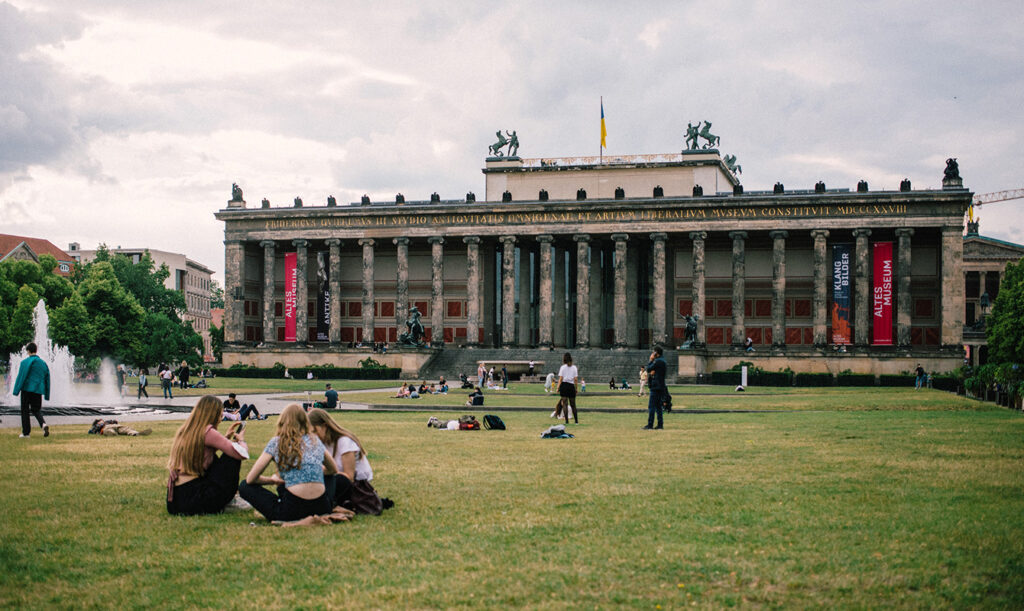Unlocking the Future of Public Transport: How New Metro Lines and Fare Changes Revolutionize Urban Mobility
Public transportation systems are crucial lifelines for urban environments, seamlessly linking communities, boosting economies, and enhancing environmental sustainability. With cities around the globe grappling with congestion, pollution, and the ever-growing demand for connectivity, metro networks stand at the forefront of evolving transportation solutions. New metro lines and fare adjustments not only address these challenges but also revolutionize the way inhabitants navigate cities daily. This article delves into the intricate realm of metro expansions and dynamic fare changes, weighing their impacts and offering guidance on reaping their benefits.

Metro Network Expansion: A Panacea for Urban Congestion?
As cities burgeon and populations soar, the demand for efficient public transport has never been more poignant. Metro expansions, pinpointed as a beacon of hope, play pivotal roles in reshaping urban landscapes.
The Merits of Metro Line Expansion
- Enhanced Connectivity: Expanded metro networks offer unparalleled access across vast urban spaces, previously disconnected and underserved.
- Reduced Traffic Congestion: Relieving the burden off congested roads, metro systems cater to mass transit, translating into fewer cars, less pollution, and quieter streets.
- Economic Stimulus: By seamlessly connecting residential areas with business hubs, metro expansions stimulate local economies, spur job creation, and enhance real estate values.
Statistics underscore the significance of these infrastructural overhauls. Cities like Guangzhou boast over 600km of metro rail, with expansions leading to economic growth and transport efficiencies.
Fare Adjustments: A Necessary Shift or an Economic Burden?
While metro expansions promise a brighter future, balancing operational costs is a necessity. Fare adjustments, however, can be a double-edged sword, impacting commuters and operators profoundly.
Pros of Fare Changes
- Sustainable Operations: Adjusted fares reflect rising operational costs, ensuring the longevity and maintenance of metro services.
- Improved Service Quality: Incremental fare changes funnel resources back into system enhancements, reducing downtimes and increasing service frequencies.
Navigating the Fare Hike Conundrum
The debate around fare changes circles around affordability. Yet, there are strategies to alleviate financial strains:
- Fare Caps: Limiting costs with a maximum daily or monthly fare cap can protect frequent commuters.
- Concession Rates: Students, elderly passengers, and vulnerable populations can benefit from subsidized tickets.
Top FAQs on Metro Expansion and Fare Changes
-
Will these changes improve commute times? Metro expansions drastically cut commute times by bypassing congested roadways.
-
How are fares determined? A combination of operational costs, projected ridership, and economic conditions influence fare structures.
-
Will fare changes deter public transport use? When managed with transparency and inclusivity, fare changes contribute to enhanced service delivery without alienating users.
Crafting the Blueprints for Success: Public Transport Strategies
A strategic approach ensures both expansions and fare changes harmonize with urban demands:
- Community Engagement: Open dialogues with residents and stakeholders cultivate trust, ensuring initiatives align with community needs.
- Sustainable Technology Integrations: Embracing green technologies like electric trains or renewable energy integrates ecological considerations.
Conclusion: Embracing Change in Urban Transport
As metro lines snake their way through bustling cityscapes and fare structures evolve, public transportation enters a groundbreaking era. Beyond mere infrastructure, these changes symbolize collaboration across sectors, aimed at crafting seamless, eco-friendly urban mobility.
The journey of transformation isn't just about tracks and stations; it's about redefining urban life, empowering citizens, and laying the foundations for thriving environments. Embrace these changes, and journey into the next chapter of urban transit.








